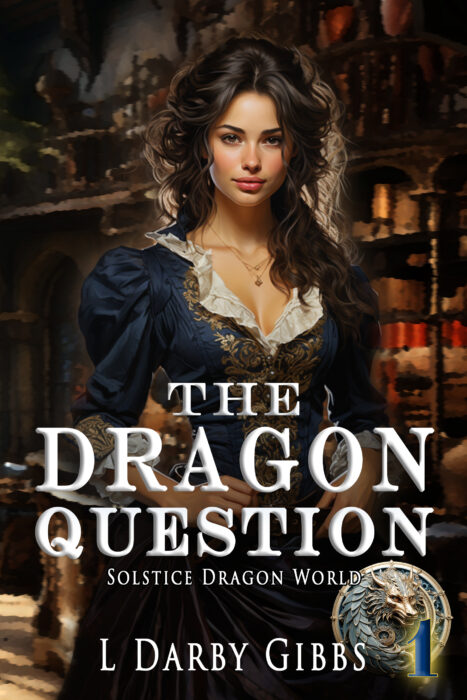Pick out a room in your house or apartment that you would love to remodel. Imagine the changes you would make. What different furniture would you prefer, paint scheme, layout, window type? Think about every detail: baseboard, electrical switches, trim around the doors, what is in the vase of flowers, scent. capture the details When…
Tag: creative writing
February 19, 2013
